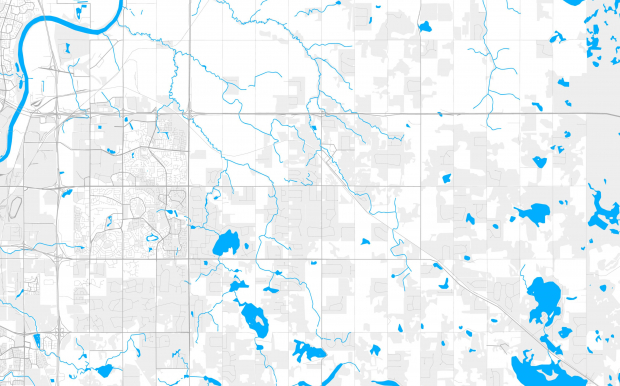

Sources of Regional Growth In Non-metro Appalachia
Current approaches to economic development that focusing on technology-based industry clusters are of limited use for smaller communities and rural regions. Accordingly, the Appalachian Regional Commission (ARC) commissioned the Sources of Growth project as a research effort to improve our understanding of factors affecting economic growth and ways that economic development strategy can be targeted to improve them.
The ARC selected Economic Development Research Group, with Regional Technology Strategies and the MIT Dept. of Urban Studies & Planning, to conduct the study. It included a national expert workshop, various case studies, statistical analysis efforts and academic theory reviews.
As stated in the Volume 1 report, "the starting premise of this project is that there can be multiple paths that an area can pursue in successfully enhancing job and income creation. They may build on natural resources, cultural resources, human resources, local amenities, institutional facilities or location advantages. The resulting direction of economic growth may involve manufacturing or supply chain development, resource extraction or tourism development, educational development or trade center development."
The Sources of Growth Reports are published and available electronically in four separate volumes:
Volume 1, Project Background and Prior Research on Economic Growth Paths - study objectives, characteristics of non-metro Appalachian counties, classification of growth paths, synopsis of expert workshop and white papers on economic development paths, and empirical literature review of the spatial aspects of economic development. (PDF, 1.3MB)
Volume 2, Case Studies of Local Economic Development Growth Processes -findings related to growth paths as observed for selected case studies covering manufacturing industry specialization clusters, supply chain-based development, tourism-based development, advanced technology development, and diversification from resource-based economies. (PDF, 1.6MB)
Volume 3, Statistical Studies of Spatial Economic Relationships - findings from a series of econometric modeling and GIS-based analyses, focusing on roles of spatial adjacency, market access and transportation in determining economic growth and development of trade centers. (PDF, 1MB)
Volume 4, Tools for Economic Development - description of new and updated tools available to ARC and its Local Development Districts to assess economic development opportunities and potential directions for economic growth. (PDF, 203KB)








